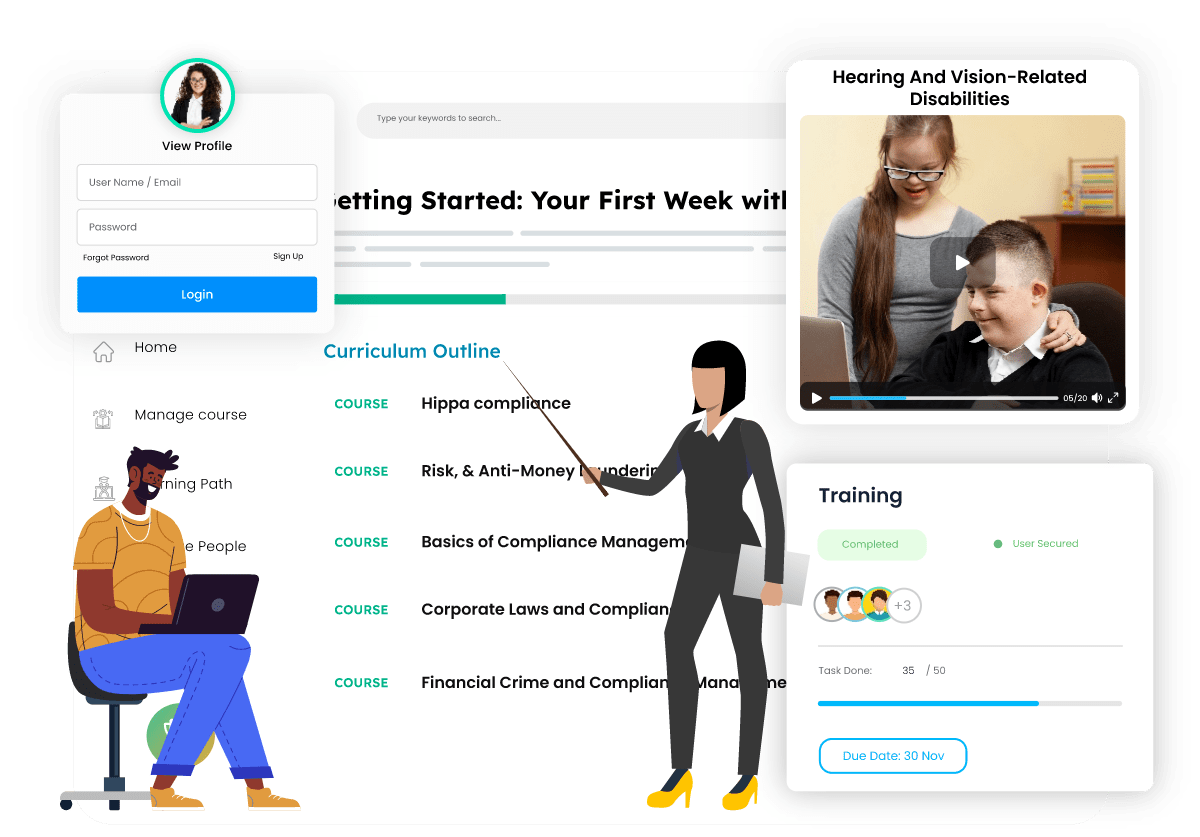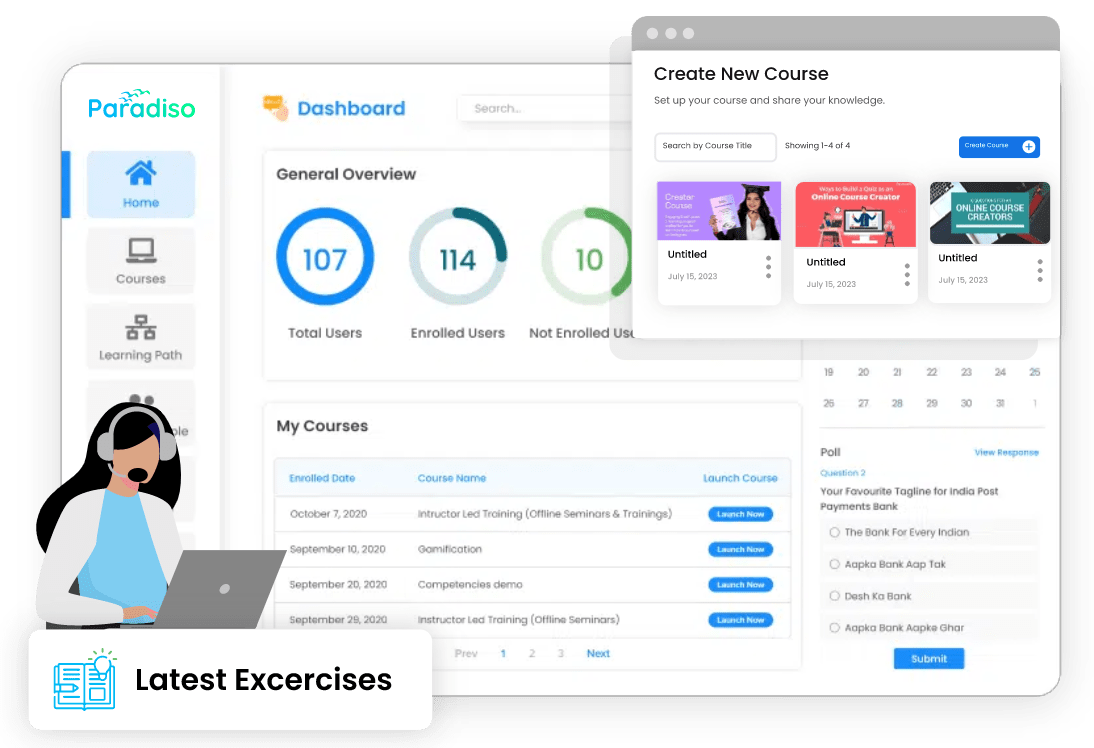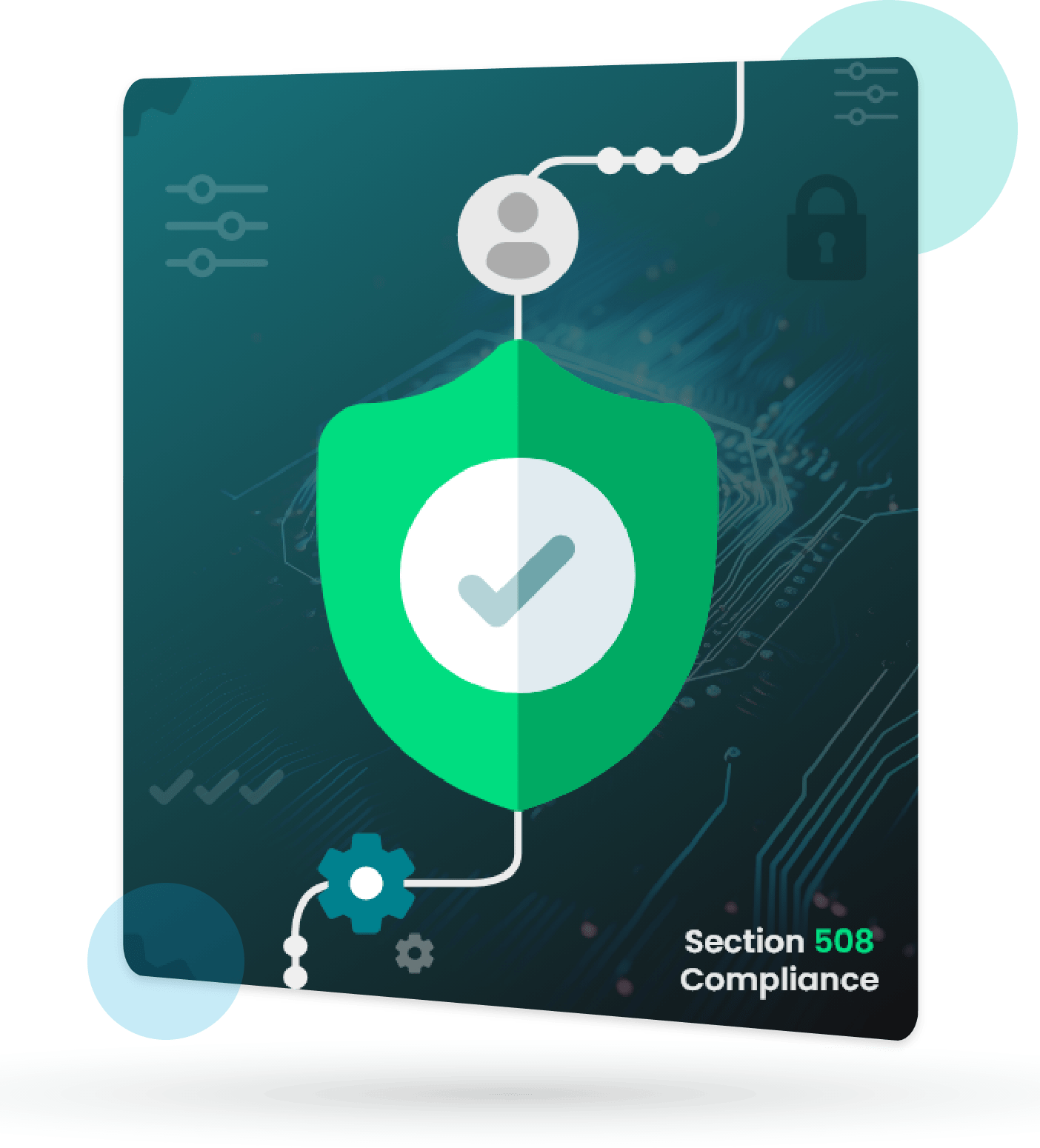X


Try Paradiso LMS for free?
Discover the features of world’s most flexible and easy to use AI-Powered LMS











Section 508 compliance in eLearning requires the course content to be built in a way that it becomes easily readable to those with reading disabilities. It ensures that the eLearning content follows the minimum acceptable standards while using multimedia in courses, such as “the use of text descriptions for graphics etc.”. The main purpose of Section 508 is to eliminate barriers to information technology. It enables the availability of new opportunities for people with disabilities while using technology to help such people achieve their goals.
508 compliance helps make eLearning easy for those people who carry certain types of disabilities. Such people are smart enough to understand the content, but the traditional format of the content is such that it becomes difficult for them to comprehend, especially those with hearing and vision-related disabilities who face a lot of problems. Considering the statistics given below, it is high time for the need for such compliance –


An eLearning authoring tool can help create engaging and interactive 508 compliant, easy-accessible eLearning courses. “Accessibility” means making eLearning content user-friendly for everyone, including individuals with poor vision, hearing disabilities, or other physical challenges. Content created with thoughtful color choices and clear language benefits everyone.
A key feature in many eLearning authoring tools for creating 508 compliant courses is a check tool. This tool generates a list of issues that need to be addressed to ensure the eLearning course complies with 508 requirements.

Grow Your Enterprise Profitably With AI-Personalized Learning Experiences
Ready to experience Paradiso LMS?
Section 508 Compliance is important to ensure that all learners, including those with disabilities, have equal access to educational content. It promotes inclusivity and accessibility, which is a fundamental principle of education.
Generally, both the content creators (instructors) and LMS administrators share responsibility. Content creators must design accessible materials, while LMS administrators need to ensure that the platform itself is accessible.
WCAG (Web Content Accessibility Guidelines) is a set of international standards for web accessibility. Section 508 references WCAG, and adhering to WCAG guidelines is a common way to achieve Section 508 Compliance.